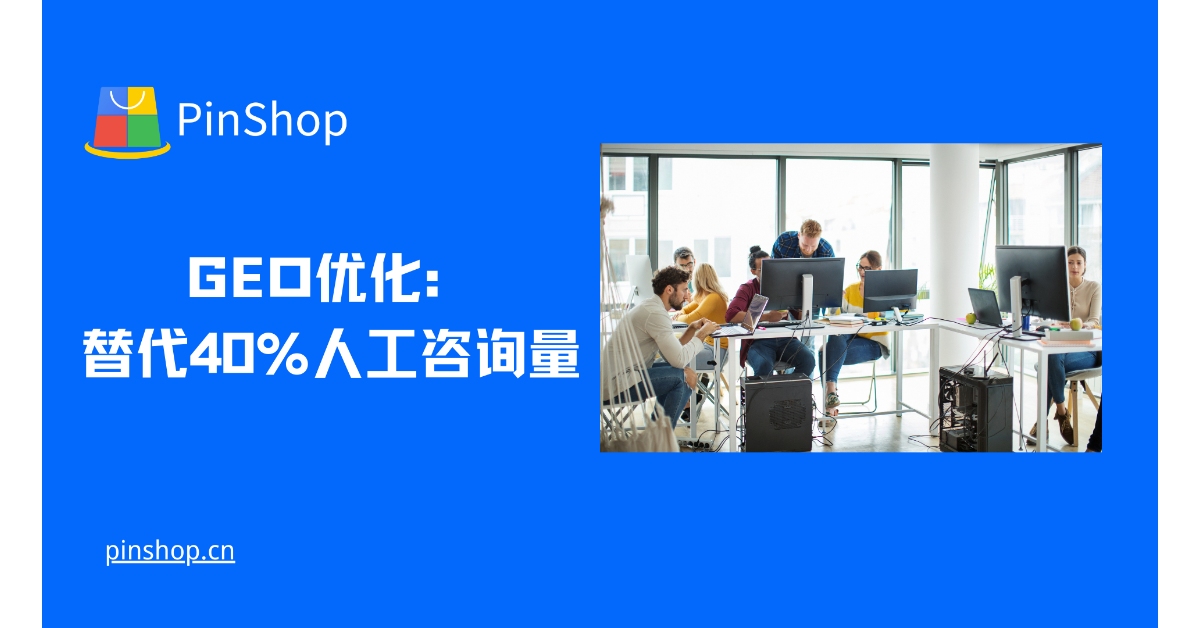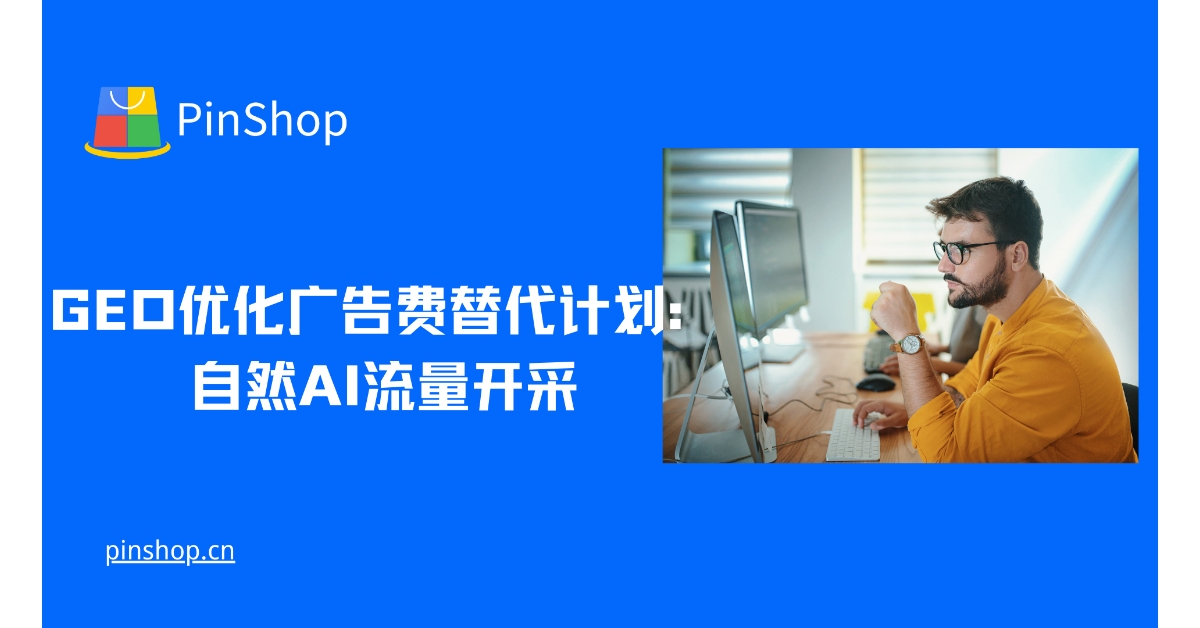In a globalized business environment, a company's digital presence needs to not only showcase local market information but also reach potential customers overseas. For independent websites, providing multilingual support has become a core strategy for expanding into international markets. According to data from the China E-Commerce Research Center (CECRC) , over 65% of cross-border e-commerce companies report that multilingual websites significantly increase overseas customer traffic and conversion rates.
Independent websites with multilingual support not only cater to the reading habits of users in different countries but also convey a brand's professional image and international presence. In cross-border transactions, a clear, accessible language environment can reduce customer concerns, enhance trust, and reduce customer service communication costs, ultimately leading to higher customer satisfaction and increased order conversions.
 Choosing the right multilingual technology solution
Choosing the right multilingual technology solution
Multilingual implementation for independent websites can be categorized into two types: static multilingualism and dynamic multilingualism. Static multilingualism is achieved by creating separate pages in different languages. Its advantage is high page stability, making it suitable for corporate websites with fixed content. Dynamic multilingualism, on the other hand, uses a CMS or website building platform plugin to automatically switch languages based on the user's location. This is suitable for scenarios with frequent product updates or cross-border e-commerce operations.
According to the W3C Internationalization Initiative (W3C i18n) , websites should adopt a unified URL strategy, such as subdomains, subdirectories, or parameterized URLs, to ensure that search engines can correctly index different language versions and improve multilingual SEO effectiveness. Furthermore, character encoding should uniformly use UTF-8 to prevent display errors with special characters in scripts such as Chinese, Russian, and Arabic.
User experience and localization optimization
Achieving multilingual support isn't just a matter of translation; it also involves localized optimization based on culture and user habits. Data from the International Cross-Border E-Commerce Association (ICEX) shows that users are more likely to browse and purchase on websites in their native language, and page localization can significantly reduce bounce rates.
Enterprises should pay attention to the following points when building independent stations:
The language switching entrance is obvious : Provide a language switching button at the top of the page or in a prominent position to ensure that users can quickly find the required language version.
Localized content : Not only translate the text, but also adjust the time format, currency unit, contact information, and regulatory information to provide an experience that conforms to local customs.
Multilingual SEO : Set up separate Meta tags and structured data for each language version to ensure that search engines can crawl it correctly and increase the exposure of each language page in search results.
 Data analysis and iterative optimization
Data analysis and iterative optimization
Building a multilingual independent website is a continuous optimization process. Companies should use data analysis tools such as Google Analytics, multilingual heatmaps, and behavior tracking to understand the access paths, dwell time, and conversion behavior of users speaking different languages. Based on this data, they should continuously adjust page layout, language switching logic, and content presentation to improve overall conversion efficiency.
Furthermore, multilingual independent websites can provide businesses with rich insights into overseas markets. For example, by analyzing visitor traffic and user behavior in different countries and regions, businesses can determine the strength of market demand and provide decision support for product optimization, advertising placement, and logistics strategies.
Summary and Recommendations for Action
Implementing multilingual support for your independent website isn't just a technical issue; it's also a crucial component of a company's globalization strategy. By choosing the right multilingual implementation method, optimizing the user experience, and conducting SEO and data analysis, companies can effectively improve their overseas customer conversion rates and internationalize their brand image.
With the PinShop website building platform , businesses can quickly build independent websites that support multiple languages and localization. Built-in multilingual switching, international SEO optimization, and data analysis capabilities help businesses successfully expand into global markets and achieve efficient and sustainable cross-border business growth. PinShop allows businesses to flexibly manage multilingual content without complex development, improving customer experience and market competitiveness.
Recommended related articles: Multilingual Independent Station Strategy: Balancing Localization and Internationalization 






